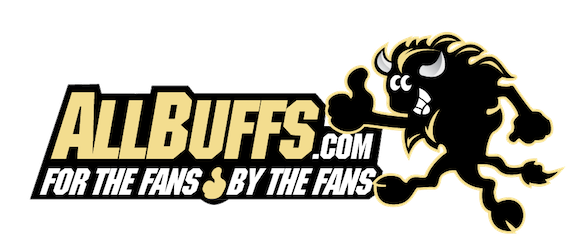RSSBot
News Junkie

Photo by Dustin Bradford/Getty Images for ONIT
It’s officially too late to turn back now.
After around a month of construction, work on Folsom Field’s new artificial turf surface was completed over the weekend, marking a new era for Colorado's 102-year-old stadium.
New look inside Folsom Field ️ pic.NOPE/nid6axS4Tn
— Colorado Buffaloes Football (@CUBuffsFootball) June 21, 2025
Folsom Field’s new playing surface was made by AstroTurf and is up to par with the artificial turf used by other Power Four schools, such as Kansas State, Texas Tech, Utah and Nebraska. A 20-millimeter shock pad, manufactured by Brock, a Boulder-based company, has also been installed underneath the new turf to help minimize injuries.
The choice to move on from Folsom Field's impeccable natural grass was made for a couple of reasons, specifically concerns of weather damaging the playing surface during the winter months and the ability to host concerts from big-name artists during the regular season.
Over the last four years, Folsom Field has reemerged as a venue for concerts, but those concerts were forcibly confined to the offseason due to the damage they caused to the natural grass. Now, the university has more flexibility with hosting concerts at Folsom Field, which is poised to be another significant revenue booster.
As for the weather, head coach Deion Sanders told the media during CU’s spring practice period that he’s a proponent of the new artificial turf because of the possibility of hosting home College Football Playoffs games during the wintertime. With the new College Football Playoff format, schools outside of the Big Ten and SEC are unlikely to get byes, so if Colorado were to make the playoffs, they’d have to play an on-campus game. If the Buffs were the higher seed in that scenario, that game would be played in Boulder at Folsom Field.
Sanders believes that Colorado is on the brink of a playoff birth and wants to be prepared when that day comes, which includes removing the natural grass at Folsom and replacing it with a surface that’s less affected by winter weather.
“We plan on making the playoffs,” Sanders told the media back in April. “We don’t want to play in the frozen tundra.”
Fan reception to the move from natural grass to artificial turf has been mixed. Some fans believe it’s not a big deal, while others are sad to see the beautiful sod at Folsom go. Concerns have also been raised about the safety of the new turf, as artificial playing surfaces have been scientifically proven to lead to more injuries than their natural counterparts.
Colorado athletic director Rick George doesn’t share those same concerns, saying that he thinks surfaces like AstroTurf have come a long way in terms of athlete safety in recent times.
“I think AstroTurf has improved a lot over the last 15-20 years,” George told Brian Howell of BuffZone when the turf was announced in March “We think it’s a really good surface for us to play on, and especially when we get into late November and potentially hosting [playoff games] in December. It just makes a lot of sense to do that.”
Regardless of the reception, what’s done is done, and it’s too late to turn back now. This new artificial turf will likely last for another 10-15 years before being replaced, so CU fans should get used to the new surface fast because it’s not going anywhere anytime soon.
by RylandScholes
Continue reading...
